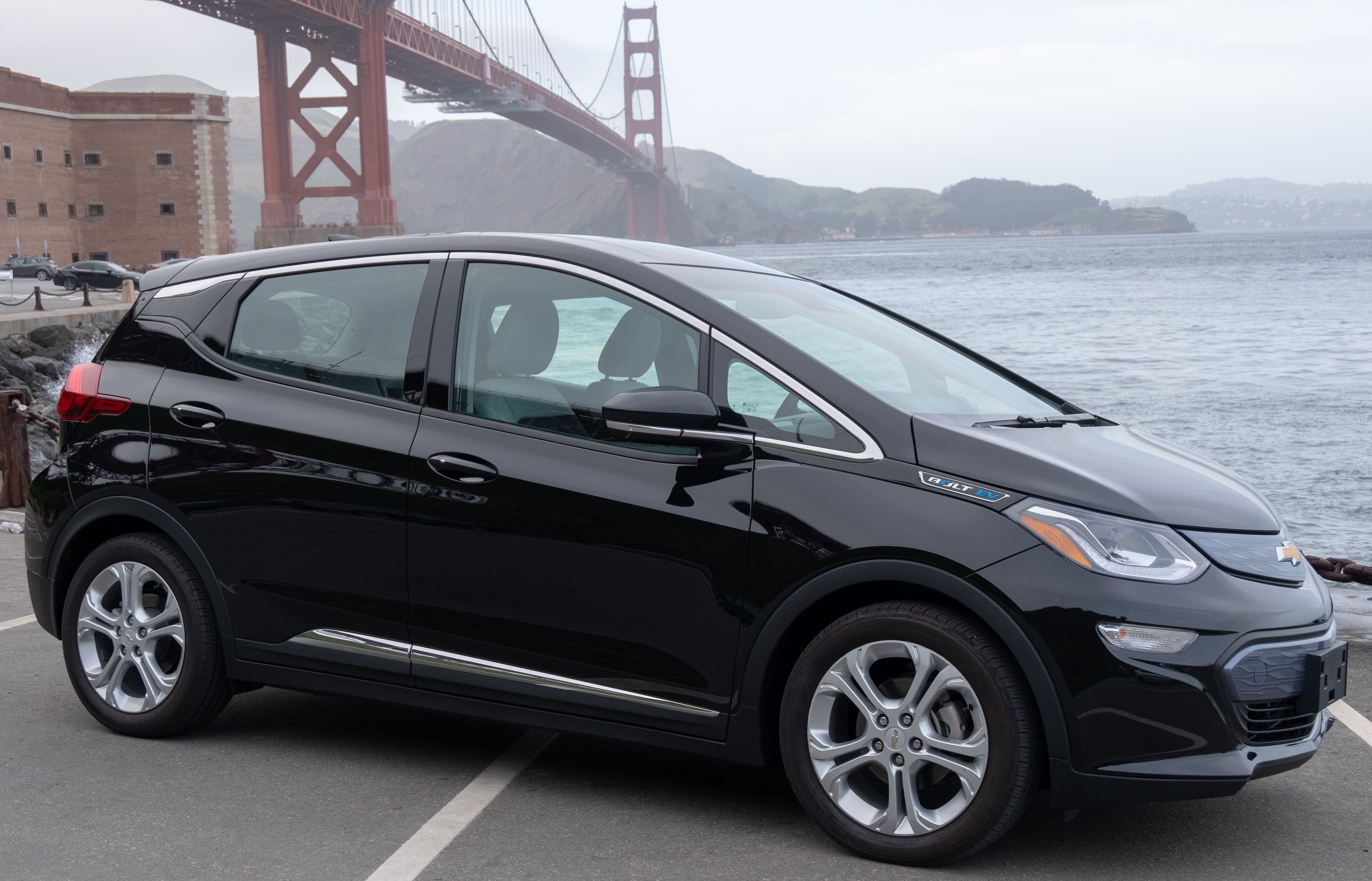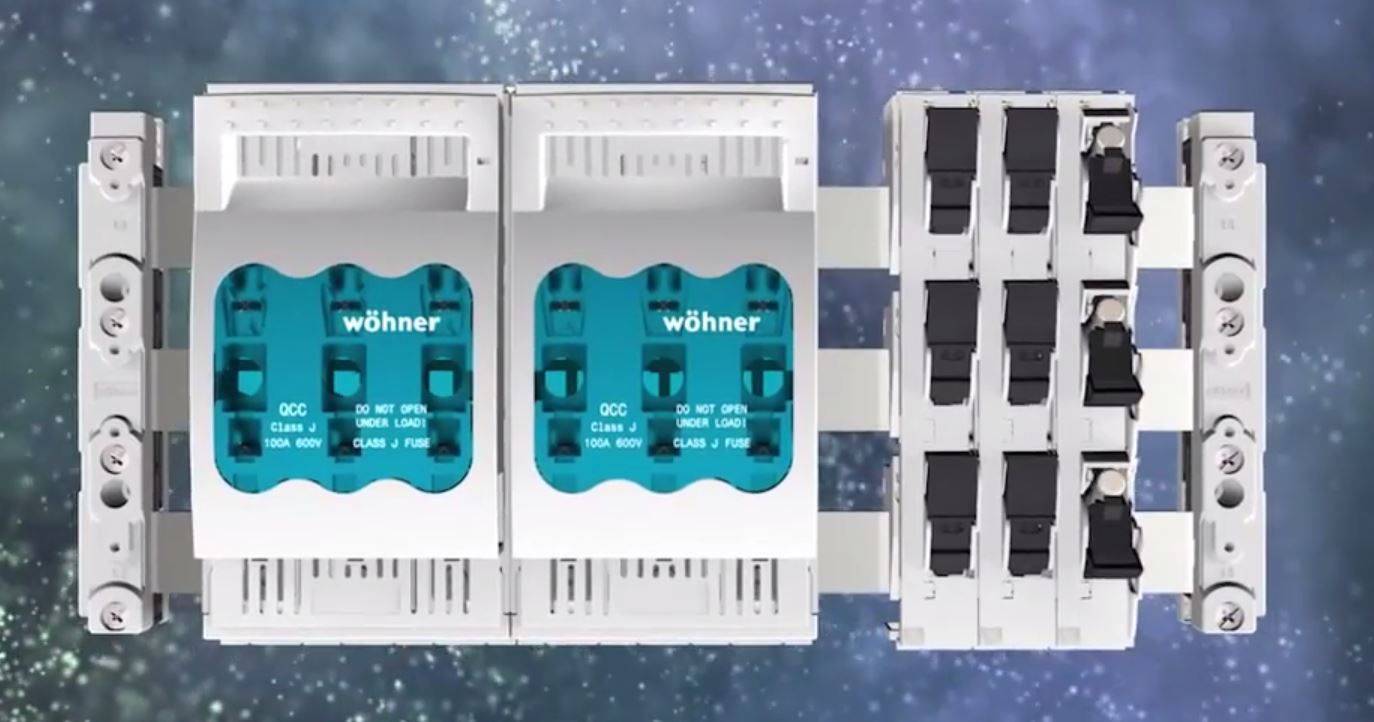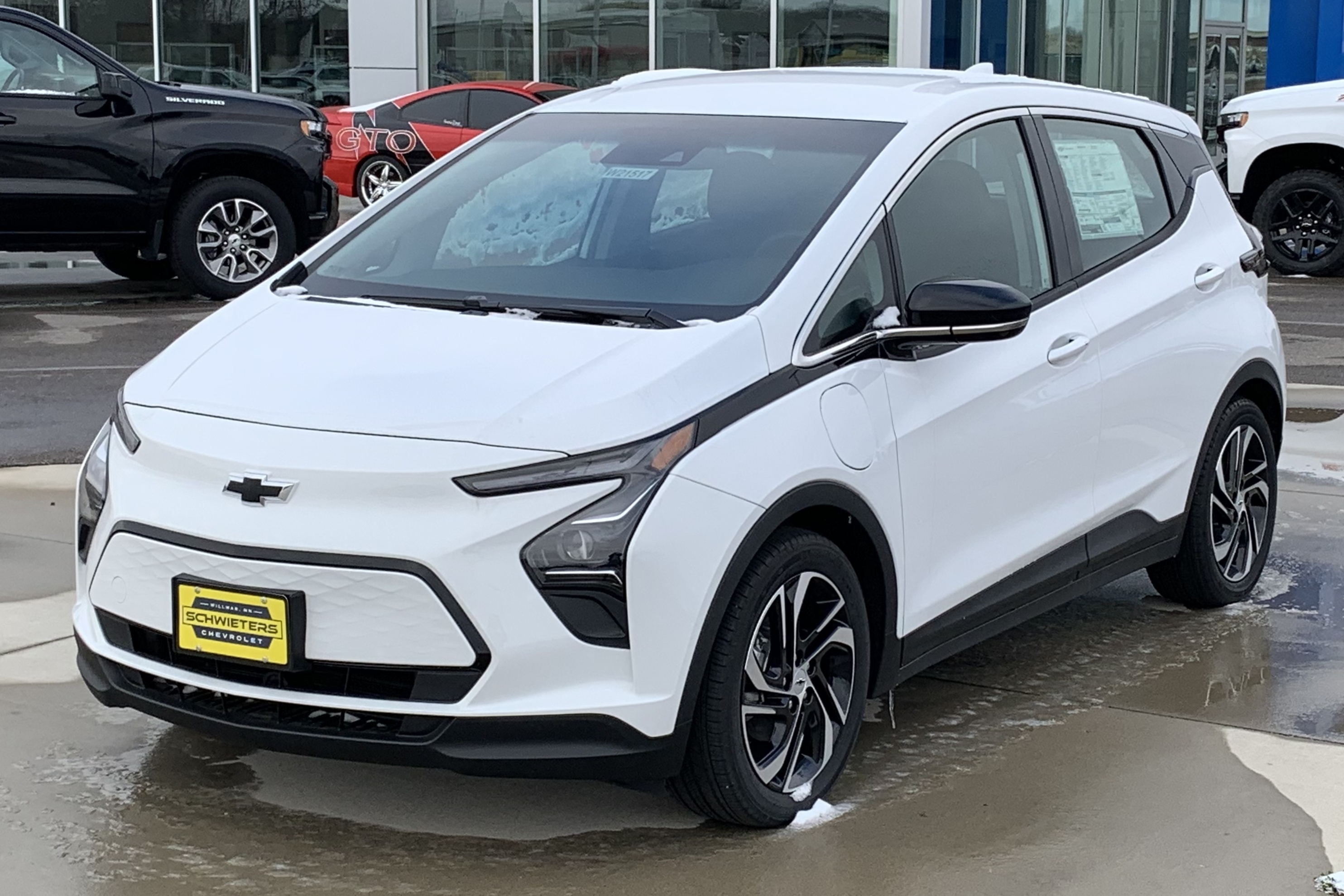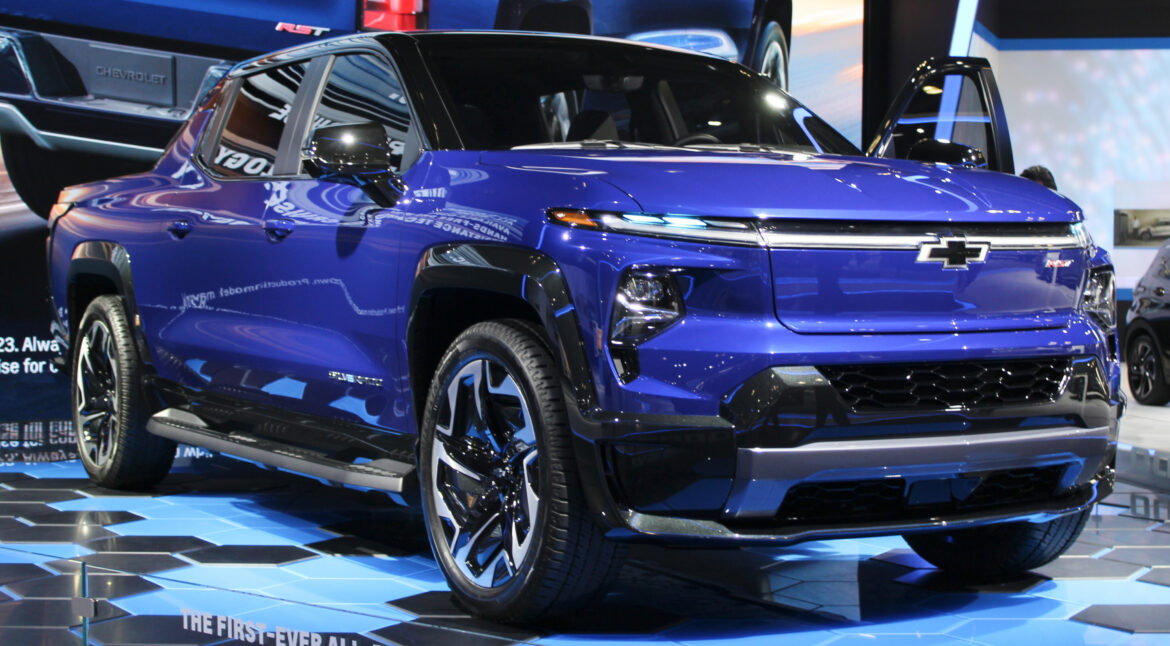Installing an EV busbar is a critical process that ensures an efficient and reliable power distribution system for electric vehicles. The precise installation of this essential component requires technical proficiency and meticulous attention to detail. In this instructional article, we will guide you through the step-by-step process of installing an EV busbar, providing an in-depth understanding of the equipment involved, necessary safety precautions, and industry best practices. Whether you’re an electrician or a budding enthusiast looking to install an EV busbar, this technical guide will equip you with the necessary knowledge and skills to accomplish a successful and compliant installation. So, let’s dive in and discover the intricacies of the EV busbar installation process.
Table of Contents
- Planning for EV Busbar Installation
- Selecting the Right Busbar System
- Step-by-Step Guide to Installing an EV Busbar
- Safety Precautions for EV Busbar Installation
- Q&A
- Concluding Remarks

Planning for EV Busbar Installation
When it comes to planning for the installation of Electric Vehicle (EV) busbars, meticulous preparation is paramount to ensuring a smooth and efficient process. From determining the appropriate busbar specifications to mapping out the installation location, careful planning lays the foundation for a successful project. Here are some key considerations to keep in mind:
- Busbar Sizing: Before installation, it is important to accurately determine the appropriate sizing for the EV busbars. This involves assessing the power requirements of the charging infrastructure, taking into account factors such as anticipated charging frequency and capacity demands. Detailed calculations can help to minimize power losses and prevent overheating.
- Route Planning: Another crucial aspect is carefully planning the route for the busbar installation. Considerations should include accessibility, cable routing, and potential obstacles, such as existing infrastructure or space constraints. By mapping out the most optimal path, you can ensure a streamlined installation process and minimize the risk of any future maintenance challenges.
Once the busbar sizing and route planning have been finalized, responsibility allocation and coordination with any other teams involved should be undertaken. Additionally, a timeline detailing the installation stages and any required approvals should be established to ensure efficient progress and adherence to project timelines. Proper planning and attention to detail are essential when it comes to the successful installation of EV busbars, laying the groundwork for a sustainable and reliable EV charging infrastructure.

Selecting the Right Busbar System
When it comes to selecting the perfect busbar system for your specific needs, there are several crucial factors to consider. To ensure optimal performance, it is important to evaluate various aspects of the system and make informed decisions. Here are some key considerations to keep in mind before making your selection:
1. Current Capacity:
- Assess the maximum current load your application requires.
- Choose a busbar system that can handle the projected current without any risk of overheating or power losses.
- Consider future expansion plans and select a system with sufficient headroom for potential increased loads.
2. Environmental Conditions:
- Take into account the operating environment, including temperature, humidity, and possible presence of contaminants.
- Opt for a busbar system with excellent insulation properties to withstand harsh conditions and ensure reliable operation over time.
- Consider the level of protection required against factors like dust, water, chemicals, and vibrations.
To make the right decision in selecting a busbar system, it is essential to evaluate other relevant factors as well. Here are two additional aspects to address:
3. Space Efficiency:
- Determine the available space for installation and select a compact and modular busbar system that can fit within those constraints.
- Consider the ease of assembly and disassembly to ensure swift installation and maintenance with minimal disruption.
- Evaluate the layout flexibility the system offers, allowing adjustments and expansions in the most space-efficient manner.
4. System Reliability:
- Investigate the reputation and reliability of the busbar system manufacturer.
- Look for systems with robust construction, high-quality materials, and advanced manufacturing processes to guarantee long-lasting and trouble-free performance.
- Consider the availability of specialized accessories or components that may enhance the system’s reliability and protection against faults.

Step-by-Step Guide to Installing an EV Busbar
Installing an EV busbar is a critical task that requires attention to detail and adherence to safety protocols. Follow this step-by-step guide to ensure a smooth and efficient installation process:
- Step 1: Begin by assessing the location where the EV busbar will be installed. Ensure that the area is free from any obstructions and has adequate ventilation for proper cooling.
- Step 2: Before proceeding, it is crucial to turn off the power supply to prevent any accidents. Safety should always be the top priority.
- Step 3: Carefully position the busbar in the desired location, ensuring proper alignment with the connection points. Utilize supports or brackets according to the busbar’s specifications.
- Step 4: Align and attach the necessary power connectors to the busbar, making sure they are firmly secured and insulated.
- Step 5: Once the connections are in place, cautiously restore power to the system and ensure proper functionality.
Remember, this guide provides a general overview of the installation process. It is crucial to consult the manufacturer’s specific instructions and any relevant local regulations to ensure compliance and safety. By following these steps and paying close attention to detail, you can successfully install an EV busbar and enjoy the benefits of an efficient and reliable electric vehicle charging system.

Safety Precautions for EV Busbar Installation
When it comes to installing electric vehicle (EV) busbars, ensuring safety is of utmost importance. Follow these precautions to safeguard both technicians and the surrounding environment:
1. Protective Gear:
- Always wear appropriate personal protective equipment (PPE) including insulating gloves, safety glasses, and protective clothing to mitigate risks of electric shock and burns.
- Inspect PPE regularly for any damage or wear and replace as needed.
- Ensure a proper grounding connection and use insulated tools when handling live components.
2. Risk Assessment:
- Prior to installation, conduct a thorough risk assessment and develop a safety plan outlining potential hazards and corresponding control measures.
- Identify potential contact points that are prone to short circuits or electrical arcing, and take necessary precautions.
- Follow manufacturer’s guidelines for safe installation practices and ensure compliance with electrical codes and regulations.
- Regularly inspect all components for defects or loose connections, and promptly address any abnormalities to prevent accidents.
Q&A
Q: What is an EV busbar and why is it important when installing electric vehicle charging infrastructure?
A: An EV busbar is a critical component of an electric vehicle charging system. It serves as an electrical conduit, allowing the smooth and efficient flow of high-power electricity between the charging equipment and the electric vehicle. Essentially, it acts as a distribution network, ensuring maximum power transfer and reducing energy losses. Without a properly installed busbar, the charging infrastructure may underperform or even pose safety risks.
Q: What are the key considerations before installing an EV busbar?
A: Before installing an EV busbar, several factors must be taken into account. Firstly, it is crucial to determine the required power capacity based on the charging station’s specifications and the anticipated electricity demand. This will ensure that the busbar can handle the expected load without overheating or voltage drops. Additionally, factors such as installation location, cable routing, and environmental conditions must be considered to ensure optimal performance and longevity of the busbar.
Q: What are the components required for an EV busbar installation?
A: To successfully install an EV busbar, several components are necessary. These typically include the busbar itself, which is the primary conductive element, along with appropriate busbar supports or insulators to securely mount and isolate the busbar from external elements. Additionally, other essential components include connection terminals, splices, busbar covers, and protective devices like circuit breakers or fuses to safeguard the system from electrical faults or overloads.
Q: How should a busbar be selected based on the charging station’s power requirements?
A: Selecting the appropriate busbar for an EV charging station depends primarily on the power requirements of the system. The chosen busbar should have a current rating that exceeds the maximum expected charging station load. It’s essential to consider future scalability, taking into account expected increases in the number of charging points or any potential power upgrades. The busbar’s material, size, and insulation properties should also align with the electrical specifications and environmental conditions of the installation site.
Q: What are the general steps involved in installing an EV busbar?
A: The installation process for an EV busbar typically involves the following steps. First, the installation location must be prepared, ensuring proper cable routing and adequate space for the busbar and associated components. Next, the busbar is securely mounted using appropriate insulators and supports. The connection terminals and splices are then installed, ensuring proper connections between the busbar and the charging equipment. Finally, protective devices like circuit breakers or fuses are integrated into the system to prevent electrical faults or overloads.
Q: Are there any specific safety considerations during an EV busbar installation?
A: Yes, ensuring safety during an EV busbar installation is of paramount importance. It is crucial to strictly adhere to local electrical codes, regulations, and safety guidelines throughout the process. Qualified electricians should handle the installation, ensuring proper grounding, insulation, and system connections. Whenever working with high-power electricity, appropriate personal protective equipment (PPE) should be worn, and all necessary precautions should be taken to prevent electrical shock hazards.
Q: How can one ensure the proper functioning of an installed EV busbar?
A: To guarantee the optimal functioning of an EV busbar after installation, regular inspections and maintenance are necessary. Visual examinations of the busbar, supports, and associated components should be conducted periodically to check for any signs of damage, wear, or loose connections. Additionally, verifying the tightness of all terminal connections and ensuring proper operation of the protective devices are crucial to maintaining the integrity and safety of the installed EV busbar.
Future Outlook
In conclusion, installing an EV busbar is a critical aspect of realizing the potential of electric vehicle technology. As we have discussed throughout this article, careful planning, precise execution, and strict adherence to safety guidelines are imperative during the installation process.
By following the step-by-step procedure outlined here, you can successfully install an EV busbar and ensure the smooth operation of your electric vehicle charging infrastructure. Remember to consider factors such as the rating of the busbar, the layout of the charging stations, and the compatibility with the electrical system. These considerations will help optimize the efficiency and reliability of your EV charging network.
Moreover, bear in mind that the installation of an EV busbar should always be performed by trained professionals who possess the necessary expertise and qualifications. Safety is paramount, and any negligence or shortcuts can lead to serious consequences. Always consult local regulations, electrical codes, and manufacturer specifications to ensure compliance during installation.
As the demand for electric vehicles continues to grow, the installation and maintenance of robust charging infrastructure become increasingly vital. By staying informed about the latest industry standards and best practices, you contribute to the sustainable development of our transportation system.
With this knowledge at your disposal, you can confidently embark on the installation of an EV busbar, creating a robust charging ecosystem that supports the ever-expanding fleet of electric vehicles.

